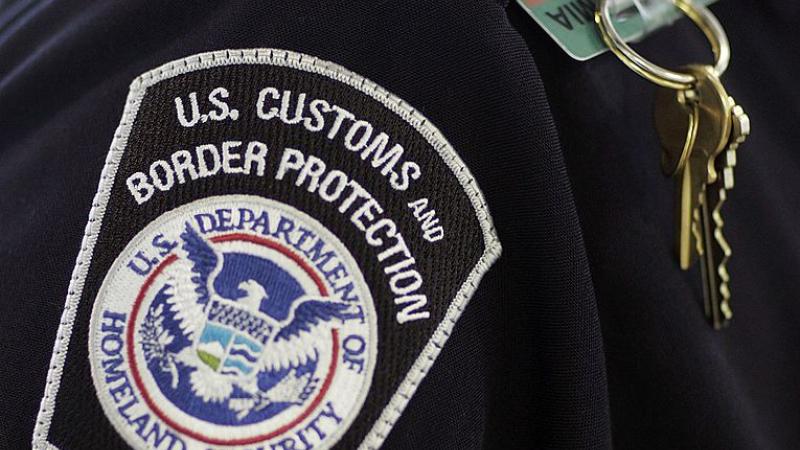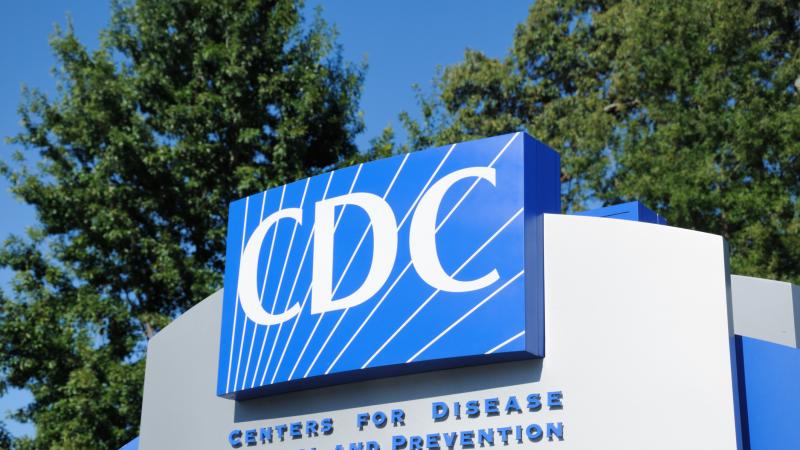Washington one of four states where the opioid crisis is worsening, report shows
Per Addiction-Rep’s analysis, in the 12 months ending in June 2023, Washington saw 34.1 opioid-related deaths per 100,000 residents. By June 2024, that figure had climbed to 35.7, representing a year-over-year increase of 4.9%.
(The Center Square) -
Washington is one of four states that reported year-over-year increases in opioid-related death rates, according to an analysis of federal data by Addiction-Rep, a Sarasota, Fla.-based business broker that buys and sells addiction treatment centers.
Using data from the Centers for Disease Control and Prevention, researchers calculated the percentage change in the opioid-related death rate for 44 states – where complete data was available – and the District of Columbia between the 12-month period ending in June 2024 and the 12-month period ending in June 2023.
According to the Washington State Department of Health’s website, “Opioids – including prescription pain medication, heroin, and synthetic opioids such as fentanyl – are causing a serious public health and community crisis across the nation. Each day about two people die of an opioid-related overdose in Washington; thousands more struggle with substance use disorder. Opioid use can cause serious medical, social and financial problems.”
Per Addiction-Rep’s analysis, in the 12 months ending in June 2023, Washington saw 34.1 opioid-related deaths per 100,000 residents. By June 2024, that figure had climbed to 35.7, representing a year-over-year increase of 4.9%.
Defying the broader national trend of declining opioid fatalities, Washington’s death rate was higher than the national average of 25.5 opioid-related deaths per 100,000 residents in the 12 months ending in June 2023, and 21 opioid-related deaths per 100,000 residents in the 12 months ending in June 2024.
The results of Addiction-Rep’s analysis largely align with DOH’s data: “17,502 Washington residents died from a drug overdose over the past 15 years (between 2007 and 2021). 68% of those deaths involved an opioid. Since 2019 the annual number of opioid drug overdose deaths has nearly doubled, from 827 deaths in 2019 to 1619 in 2021.”
Three other western states, according to Addiction-Rep's analysis, earned the dubious distinction of reporting year-over-year increases in their opioid-related death rates.
Alaska had the sharpest rise, with its fatality rate climbing almost 39% from 34.4 deaths per 100,000 residents in the 12 months ending in June 2023 to 47.7 per 100,000 residents in the 12 months ending in June 204, according to preliminary data.
Nevada and Oregon saw increases of 19.8% and 13.4%, respectively.
“Washington’s 4.9% increase – especially in light of declining numbers nationwide and in most other states – suggests a need for stronger state-level action,” Mike LaFirenza, CEO of Lattice Publishing, a data journalism newswire, told The Center Square in an email. “Strategies that have helped reduce overdoses elsewhere include expanding access to mental health services and medication-assisted treatment (methadone and buprenorphine), increasing availability of naloxone (Narcan), and utilizing harm reduction efforts (such as syringe exchanges or fentanyl testing strips).”
He concluded, “Washington may also benefit from closer coordination between public health agencies, law enforcement, and community groups to target resources where they’re needed most.”












